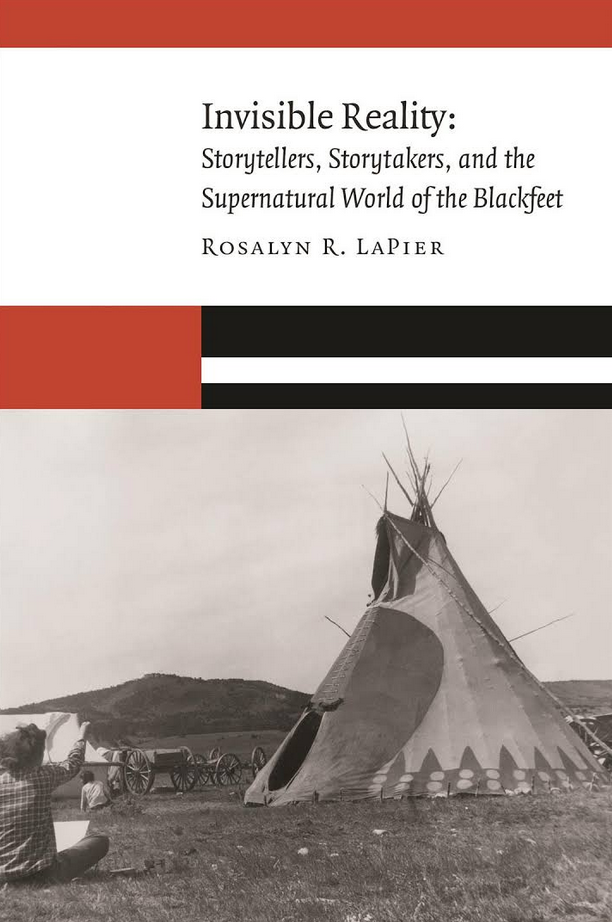 My guest on this week’s programme is Rosalyn LaPier who’s associate professor in the Environmental Studies Program at the University of Montana and a research associate at the National Museum of Natural History. I spoke to Rosalyn recently on the phone from Montana about her new book Invisible Reality, which is published by Nebraska University Press. In it, she looks at the beliefs, culture and history of the Blackfeet tribe of the northern Great Plains.
My guest on this week’s programme is Rosalyn LaPier who’s associate professor in the Environmental Studies Program at the University of Montana and a research associate at the National Museum of Natural History. I spoke to Rosalyn recently on the phone from Montana about her new book Invisible Reality, which is published by Nebraska University Press. In it, she looks at the beliefs, culture and history of the Blackfeet tribe of the northern Great Plains.
Rosalyn is herself an enrolled Blackfeet tribal member and her book very deftly weaves in personal and family history with the wider history and culture of the tribe, a difficult balancing act to perform, but one which I think she accomplishes with great aplomb.
In the preface to her book, Rosalyn writes:
‘For me the Blackfeet past is a foreign country, a different world. When my grandparents grew up, they spoke a different language, practised a different religion, ate different foods, and had different customs than they had in the modern world. When I look at their past, I am truly looking at a foreign place.’
So the key questions we are pursuing in this programme are: how did the Blackfeet conceive of their world (in particular, what to a Western viewpoint looks like the interpenetration of the natural and supernatural worlds), and how did they respond to the multiple assaults on their civilization from the mid-19th century on – the disappearance of the bison, loss of much of their land, the ‘hunger winter’ of 1883-4, and acculturation through the enforced learning of English and adoption of Christianity?
